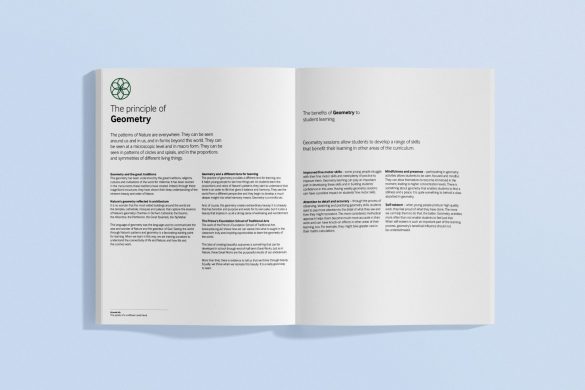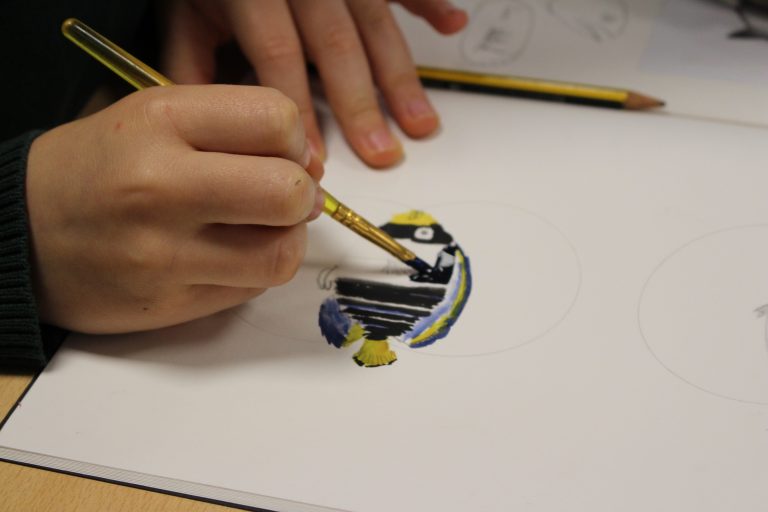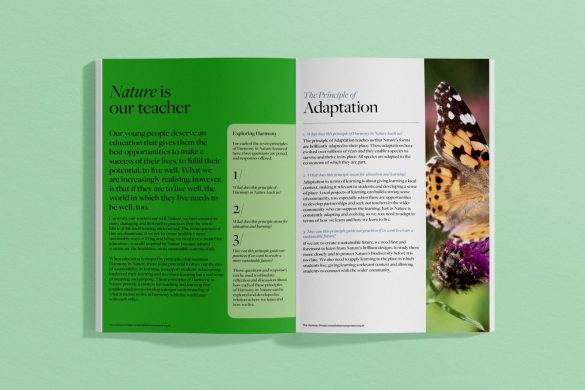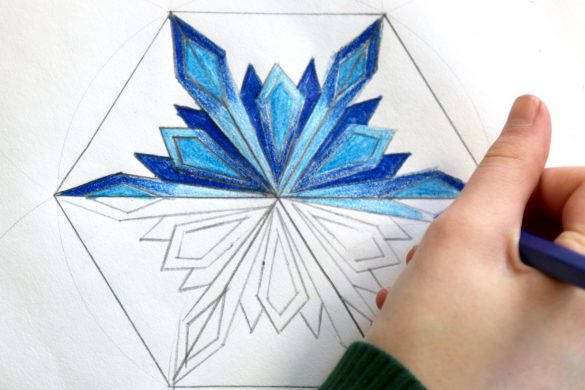What can we learn from the principle of Geometry?

An understanding of the patterns and forms of Nature can provide a new focus for teaching and learning
The patterns of Nature are everywhere. They can be seen around us and in us, and in forms beyond this world. They can be seen at a microscopic level and in macro form. They can be seen in patterns of circles and spirals, and in the proportions and symmetries of different living things.
How can we explore the principle of Geometry through teaching and learning?
The practice of geometry provides a different lens for learning. It helps young people to see how things are. As students learn the proportions and ratios of Nature’s patterns, they start to understand that there is an order to life that gives it balance and harmony. They see the world from a different perspective and they begin to develop a much deeper insight into what harmony means. Geometry is a mindful art.

And, of course, this geometry creates extraordinary beauty. It is a beauty that has function and purpose and exists for its own sake, but it is also a beauty that inspires in us all a strong sense of well-being and wonderment.
This idea of creating beautiful outcomes is something that can be developed in school through end-of-half-term Great Works. Just as in Nature, these Great Works are the purposeful results of our endeavours. More than that, there is evidence to tell us that we thrive through beauty. Equally, we thrive when we recreate this beauty. It is a really good way to learn.
What are the benefits of bringing the principle of Geometry into teaching and learning?
Geometry sessions allow students to develop a range of skills that benefit their learning in other areas of the curriculum.
Improved fine motor skills
Some young people struggle with their fine motor skills and need plenty of practice to improve them. Geometry learning can play an important part in developing these skills and in building students’ confidence in this area. Having weekly geometry sessions can have a positive impact on students’ fine motor skills.
Attention to detail and accuracy
Through the process of observing, sketching and practising geometry skills, students start to pay more attention to the detail of what they see and how they might recreate it. This more considered, methodical approach helps them become much more accurate in their work and can have knock-on effects in other areas of their learning, too. For example, they might take greater care in their maths calculations.
Mindfulness and presence
Participating in geometry activities allows students to be calm, focused and mindful. They can allow themselves to become immersed in the moment, leading to higher concentration levels. There is something about geometry that enables students to find a stillness and a peace. It is quite something to behold a class absorbed in geometry.
Self-esteem
When young people produce high quality work, they feel proud of what they have done. The more we can help them to do that, the better. Geometry activities more often than not enable students to feel just that. When self-esteem is such an important part of the learning process, geometry’s beneficial influence should not be underestimated.
Geometry in the ancient traditions
The geometry of the natural world has been understood by the great traditions, religions, cultures and civilisations of the world for millennia. It has been revered in the monuments these traditions have created. Indeed, through these magnificent structures, they have shown their deep understanding of the inherent beauty and order of Nature.
It is no wonder that the most visited buildings around the world are the temples, cathedrals, mosques and palaces that capture the essence of Nature’s geometry: Chartres or Durham Cathedral, the Duomo, the Alhambra, the Parthenon, the Great Pyramids, the Taj Mahal.
This language of geometry was the language used to communicate the awe and wonder of Nature and the grandeur of God. Seeing the world through Nature’s patterns and geometry is a fascinating starting point for learning. When we learn in this way, we are training ourselves to understand the connectivity of life and Nature, and how life and the cosmos work.
Find out more about how the principle of Geometry can provide a way into learning, and how it can be incorporated into medium-term planning.



